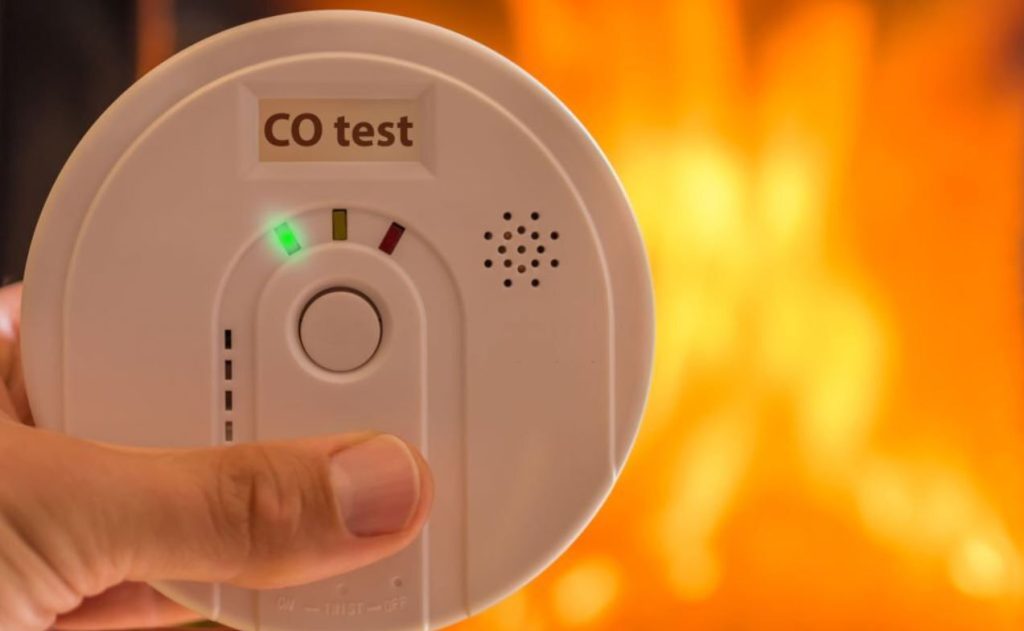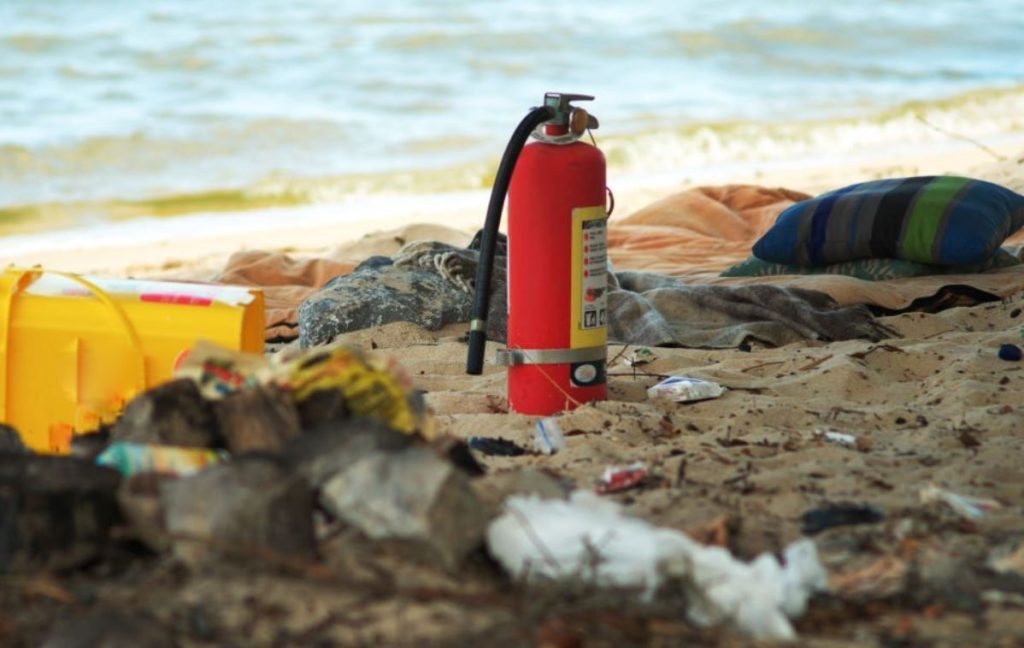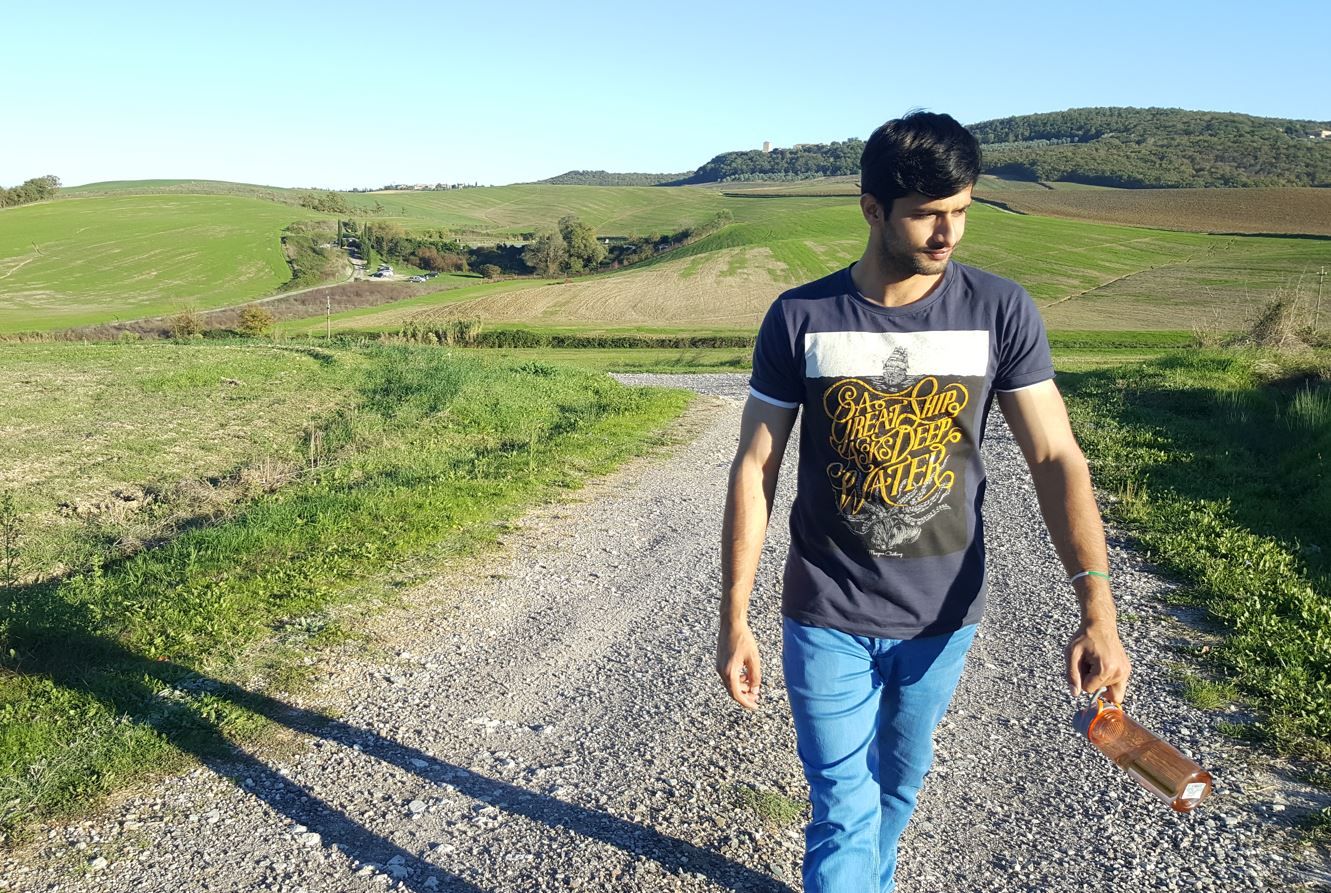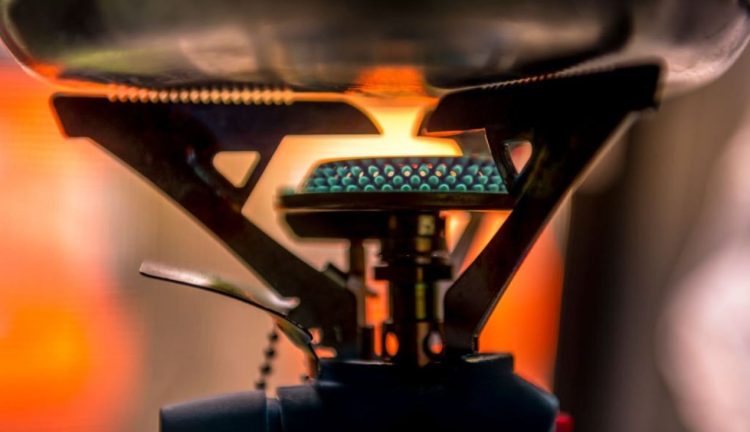Camping stoves are primarily designed to be used outdoors in well-ventilated areas to avoid any risks. Portable stoves can be used anywhere without a kitchen. However, bad weather conditions or other circumstances can make it difficult or unsafe to cook outside and we might think of a question “Can we use a camping stove indoors?”
The short answer is Yes, you can use a camping stove indoors. But you have to follow the manufacturer’s instructions and safety guidelines to minimize the risks of fire and carbon monoxide poisoning.
However, camping stoves are not designed for indoor use due to the nature of the fuel and the risk of fire and explosion.
In this article, we will tell you about everything you need to know before using the camping stoves inside.
Why Camping Stoves Are Dangerous for Indoor Use
Before discussing the potential dangers and safety measures, it is important to understand why camping stoves are dangerous when used indoors. Camping stoves can produce carbon monoxide (CO) as a result of incomplete combustion of fuels in a limited supply of oxygen.
In poorly ventilated areas, the supply of oxygen is often limited and during the partial burning process carbon atom combines with one oxygen atom to form carbon monoxide (CO) instead of Carbon dioxide (CO2).
Carbon monoxide is a colorless, odorless, tasteless, and highly toxic gas formed by incomplete combustion of fuel. CO cannot be detected by smell and it does not affect the respiratory system or eyes, yet it can kill you without a warning.
If you breathe in carbon monoxide, the poison replaces the oxygen in your body and it can damage the brain, heart, and other organs. If you are asleep, the accumulation of carbon monoxide can be more fatal.
The most common early symptoms of carbon monoxide (CO) are dizziness, headache, weakness, shortness of breath, vomiting, chest pain, etc. According to the Centers for Disease Control & Prevention, every year more than 420 people die in the USA due to CO poisoning.
It is very important to use camping stoves in well-ventilated areas to avoid potential risks. Following are the important safety measures to minimize the potential risks.
Safety Measures to Adopt When Using Camping Stoves Indoor
The amount of CO produced by a camping stove depends on the type of fuel used. Some camping stoves like gasoline or kerosene tend to produce higher carbon monoxide. However, propane and butane stoves burn more efficiently and produce less carbon monoxide.
Camping stoves are designed to be used outdoors in well-ventilated areas to minimize potential risks.
However, if you must use them indoors, the following precautions must be taken to minimize the risk of fire and carbon monoxide poisoning.
Use a carbon monoxide detector
Proper ventilation
Keep a safe distance
Keep a fire extinguisher
1- Use a Carbon Monoxide Detector
Carbon monoxide is a colorless, odorless, tasteless toxic gas and it cannot be detected without a carbon monoxide (CO) detector.
The presence of a carbon monoxide detector can save your life against the potentially lethal effects of carbon monoxide poisoning.

A carbon monoxide detector is the best way to prevent CO poisoning and it is specially designed to detect carbon monoxide as a result of incomplete combustion.
Many brands are offering portable, battery-powered, and compact carbon monoxide detectors. They are fairly inexpensive, easy to carry, reliable, and can save your life.
Specifications may vary for each device, depending on the type and model of the detector. However, all devices are designed to detect the concentration of carbon monoxide in the air and give an alarm when dangerous levels are detected.
Types of Carbon Monoxide Detectors:
The following are three different types of Carbon Monoxide detectors available in the market.
Biomimetic sensor:
Biomimetic sensors contain a gel that changes its color in the presence of CO. A separate sensor detects the color change and sounds the alarm.
Metal oxide semiconductor sensor:
This sensor has a silica chip to detect the concentration of carbon monoxide. When the CO interacts with the circuitry, it drops the electrical resistance and causes the alarm to sound.
These sensors require a continuous supply of electricity and are mostly used for industrial safety and automotive systems.
Electrochemical sensor:
This sensor has electrodes immersed in a chemical solution. These electrodes monitor the change in electric current caused by increasing levels of carbon monoxide and trigger the alarm when the gas concentration exceeds the threshold.
To turn off the alarm, place the CO detector in a CO-free environment to reset itself.
Nowadays. many brands are offering carbon monoxide detectors combined with fire alarms and smoke detectors.
However, electrochemical sensors are most commonly used for outdoor camping due to their higher sensitivity, maximum durability, optimal accuracy, and utmost reliability in detecting carbon monoxide gas in the air.
Do not forget to check the functionality of the CO detector before you leave home and always follow the safety guidelines and manufacturer’s instructions to ensure optimal safety.
2- Proper Ventilation
Proper ventilation is very important when cooking inside the tents to ensure a steady supply of fresh air and it also helps to regulate the inside temperature.

Here are some tips to ensure proper ventilation while using the stoves inside the tents.
- Try to use tents with windows or vents for continued ventilation.
- Leave some space between the ground and the bottom of the tent so air can flow freely and dehumidify.
- Set up your camp in an open area that has plenty of fresh air. Try to avoid riverside as humidity can increase condensation inside the tent.
- Do not bring wet shoes and clothes inside the tents as it will increase humidity. You can leave them under a tarp and let them dry before to bring in.
- Do not forget to open a vent before cooking to allow fresh air to circulate. It will remove potentially toxic pollutants and improves indoor air quality.
- Roll back the rain fly and keep the tent door open while cooking for a complete ventilation
- You can also use a portable fan or battery-powered ventilation system to allow sufficient airflow inside the tent.
3- Keep a Safe Distance
It is very important to place your stove at a safe distance from tent walls to minimize the potential risks of fire or hazards. Here are some tips to help you.
- Set up a stove at a maximum distance from the sleeping and living space.
- Before using the stove, remove all flammable materials such as bags, clothes, and other items to prevent accidental fires.
- Place your stove in such a position that the wind doesn’t blow flames toward the tents.
- You can use a cooking shield between tents and stoves to prevent accidental contact.
- Never leave the stove unattended and always turn off the stove after cooking.
- Make sure that everyone in the camp is fully aware of the designated cooking area and the importance of maintaining a safe distance.
- Do not forget to take a big first aid kit with you.
- Keep the fire small and manageable.
- Place the stove on a flat and stable surface that can support its weight
4- Fire Extinguisher
Cooking indoors comes with a risk of fire and a fire extinguisher is essential when it comes to protecting your premises. Choosing the right fire extinguisher depends on your specific needs and potential fire hazards.

However, dry chemical fire extinguishers also known as ABC fire extinguishers are recommended as they can be utilized in the event of class A, B, or C fire type.
It is important to read the instruction and guidelines to use the fire extinguisher correctly.
In case of fire, analyze the situation whether the fire can be controlled using a fire extinguisher or not. You can use the PASS technique (Pull, Aim, Squeeze, Sweep) to use the fire extinguisher in case of fire.
- Pull the pin of the fire extinguisher and break the seal.
- Aim the nozzle at the base of the fire.
- Squeeze the handle.
- Sweep the nozzle from side to side.
Be careful while using it in enclosed spaces as the dry powder can easily be inhaled and it can cause breathing problems.
Moreover, a dry powder fire extinguisher is a very messy extinguisher and it is very difficult to clean up the leftover residue once the fire is over without proper equipment.
Final Thoughts
As you can see, using camping stoves indoors is not safe because they could emit carbon monoxide or start a fire. However, you can use them indoors if you adhere to the above-mentioned safety guidelines and take all necessary precautions to minimize the potential risks. Have a safe camping trip!

Hi, I’m Masab Jamal, the founder and head editor of this blog. I love to spend most of my time in the wilderness. Apart from camping and outdoor life, I’m a full time blogger.

